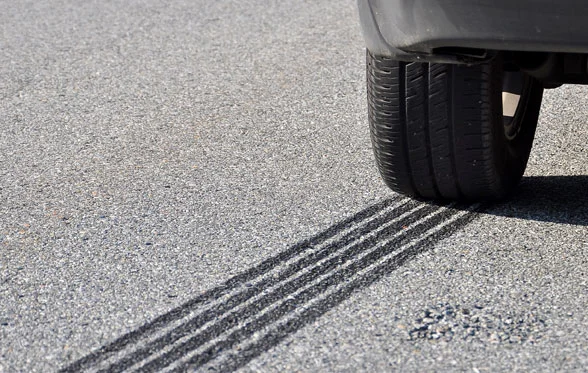The European Union have a long standing target to reduce the fleet average carbon dioxide (CO2) emissions from new passenger cars to 120 g/km by 2012. In February 2007, the European Commission announced that it planned to introduce a new regulation specifying mandatory limits on the CO2 emissions from new passenger cars to ensure that this target was met.
Following a consultation exercise on this subject, the European Commission published its proposal for a Regulation on mandatory CO2 emissions limits for passenger cars on 19th December 2007. The proposal specified that, from 2012, each vehicle manufacturer must achieve an average CO2 emissions limit equivalent to 130 g/km for all of the passenger cars it registers in the European Union or face hefty fines. (Note: The European Commission have specified that the remaining 10 g/km reduction necessary to meet the 120 g/km target will be achieved by "other technological improvements and by an increased use of sustainable biofuels".)
The proposed Regulation specified CO2 limits which are directly related to the vehicle's unladen mass (e.g. lighter cars are required to meet a more stringent CO2 emissions limit than heavier cars), rather than one specific limit and included a formula for calculating CO2 emissions limits based on unladen mass. This formula is structured to ensure that the overall European fleet will meet the 130 g/km target. Fines for failing to meet the specified emissions limit will be based on the amount by which the vehicle manufacturer failed to meet its CO2 emissions target (in g/km), multiplied by the number of vehicles registered by that manufacturer in the European Union, multiplied by the "excess emissions premium" for that year. For 2012, the excess emission premium was proposed to be €20, increasing to €35 for 2013, €60 for 2014 and €95 for 2015 and subsequent calendar years. (Note: More details and background information on this proposal can be found in the February 2008 Regulations Spotlight article.)
Throughout 2008, the Commission's proposal was reviewed by the European Parliament and the European Council, who were both subject to intense lobbying activity from the automotive industry as well as from environmental groups. To address the concerns expressed by the automotive industry and the environmentalists, numerous revisions to the original proposal were suggested and debated, but finding an acceptable compromise proved to be illusive. To resolve this situation, during November 2008, a series of meetings between representatives from the European Parliament and the European Council were held and, on 1st December 2008, informal agreement on a compromise package of amendments was finally reached.
The draft Regulation on mandatory CO2 emission limits for new passenger cars, including this compromise package of amendments, was formally adopted by the European Parliament on 17th December 2008.
The amendments to the original European Commission proposal which have been included into the version adopted by the European Parliament can be summarised as follows:
- Compliance with the average CO2 emissions limits will be "phased in" over a four year period. In 2012, 65% of each manufacturer's fleet will be required to comply with the specified emissions limit, increasing to 75% in 2013, 80% in 2014 and 100% from 2015 onwards.
- The excess emissions premiums have been completely revised. Between 2012 and 2018, an excess emissions premium of €5 will be applied for the first gram over the specified emissions limit, €15 for the second gram, €25 for the third gram and €95 for the fourth and any subsequent grams. From 2019, an excess emissions premium of €95 will be applied for every gram over the specified emissions limit.
- Additional credits for vehicles with CO2 emissions of less than 50 g/km have been introduced. For 2012 and 2013, such vehicles will count as 3.5 cars in the manufacturer's average CO2 emissions calculations. This reduces to 2.5 cars in 2014, 1.5 cars in 2015 and 1 car in 2016 and subsequent calendar years.
- Revisions for the treatment of vehicles capable of running on a mixture of petrol with 85% ethanol (E85) have been introduced. Until 31st December 2015, the CO2 emissions figures for such vehicles will be reduced by 5% before including them into the manufacturer's average CO2 emissions calculations.
- A long term average CO2 emissions target of 95 g/km by 2020 has been added.
